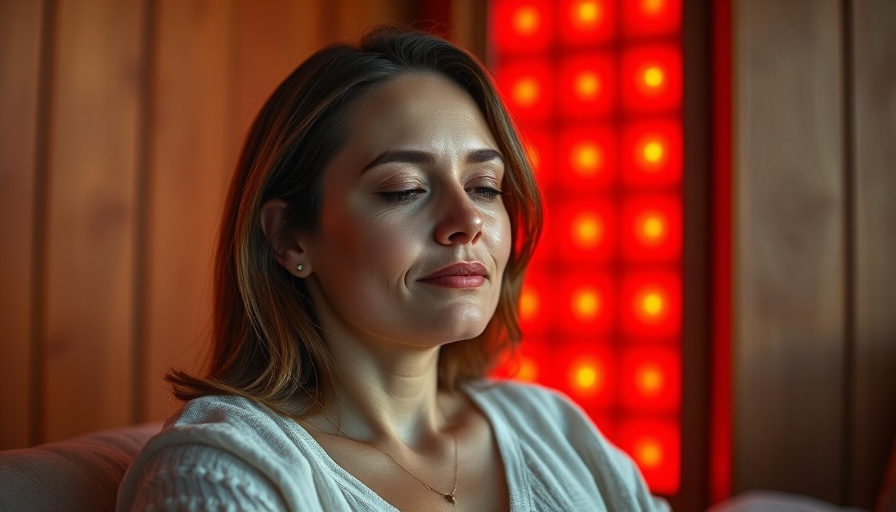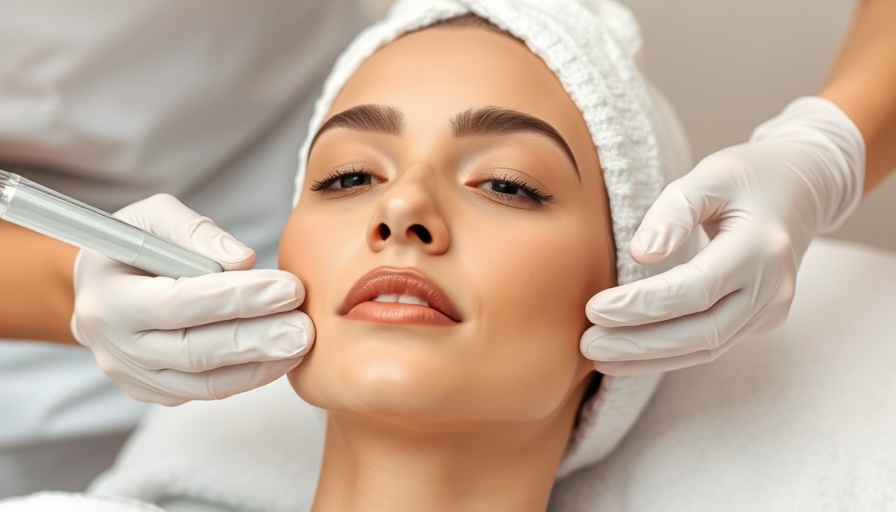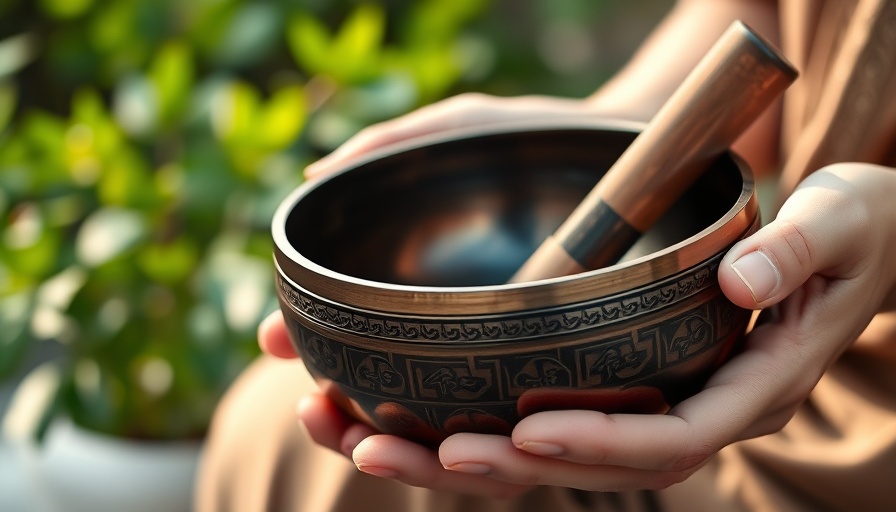
Understanding the Surge in Red Light Therapy Popularity
The red light therapy (RLT) market has witnessed staggering growth, fueled by its promising results and the convenience of at-home treatments.
Introduced initially in specialist clinics, the advancement in RLT technology has made it accessible for personal use, marking significant progress in its adoption.
Scott Chaverri, CEO of Mito Red Light, highlights this transformation, noting that consumers have progressively embraced at-home RLT panels and belts.
This shift has opened up a vast new market, pushing RLT beyond specialist hands to everyday self-care routines.
Growth Trajectory and Market Predictions
Analyzing data from 2018 to 2024 reveals that the RLT market expanded by nearly 40%, moving from $871.7 million in 2018 to an impressive $1.24 billion in 2024.
Despite a temporary slow down in 2020 due to the pandemic, growth rebounded strongly.
Encouragingly, predictions based on a 5.4% Compound Annual Growth Rate (CAGR) suggest that the RLT market could surpass $1.7 billion by 2030.
This projection anticipates continuous innovations and expanding applications in sectors like sports, personal fitness, and even mental health treatment.
As public awareness increases around its various benefits, RLT products are poised to make significant inroads into the beauty and wellness sectors.
The Evolution of At-home Red Light Therapy
Historically, RLT was limited to clinical settings, providing therapies for various conditions.
With technological innovations, consumers can now purchase RLT devices for home use, significantly broadening its market.
This transition is not only enhancing personal wellness, but also revolutionizing the beauty industry, where RLT's benefits in treating skin conditions are being increasingly recognized.
Scott Chaverri points out that this evolution could allow RLT manufacturers to tap into the lucrative beauty sector, sparking further growth and diversification.
Future Predictions and Trends
Looking ahead, the versatility of RLT is expected to foster integration into various industries. As research uncovers more applications, the therapy's expansion seems boundless.
Industries like sports medicine and mental health might soon incorporate RLT, offering enhanced performance recovery and psychological wellness treatments.
Given its potential for treating a range of ailments—from skin health to muscle recovery—RLT is likely to become a staple in personal care routines worldwide.
Day spa owners and wellness entrepreneurs should prepare for this emerging trend, which presents both challenges and opportunities in maintaining competitiveness and meeting evolving consumer needs.
Its market is set to grow significantly, with predictions indicating a $1.7 billion market by 2030.
Day spa owners can tap into this opportunity by incorporating RLT into their services, staying ahead in the competitive wellness industry.
 Add Row
Add Row  Add
Add 



 Add Row
Add Row  Add
Add
Write A Comment